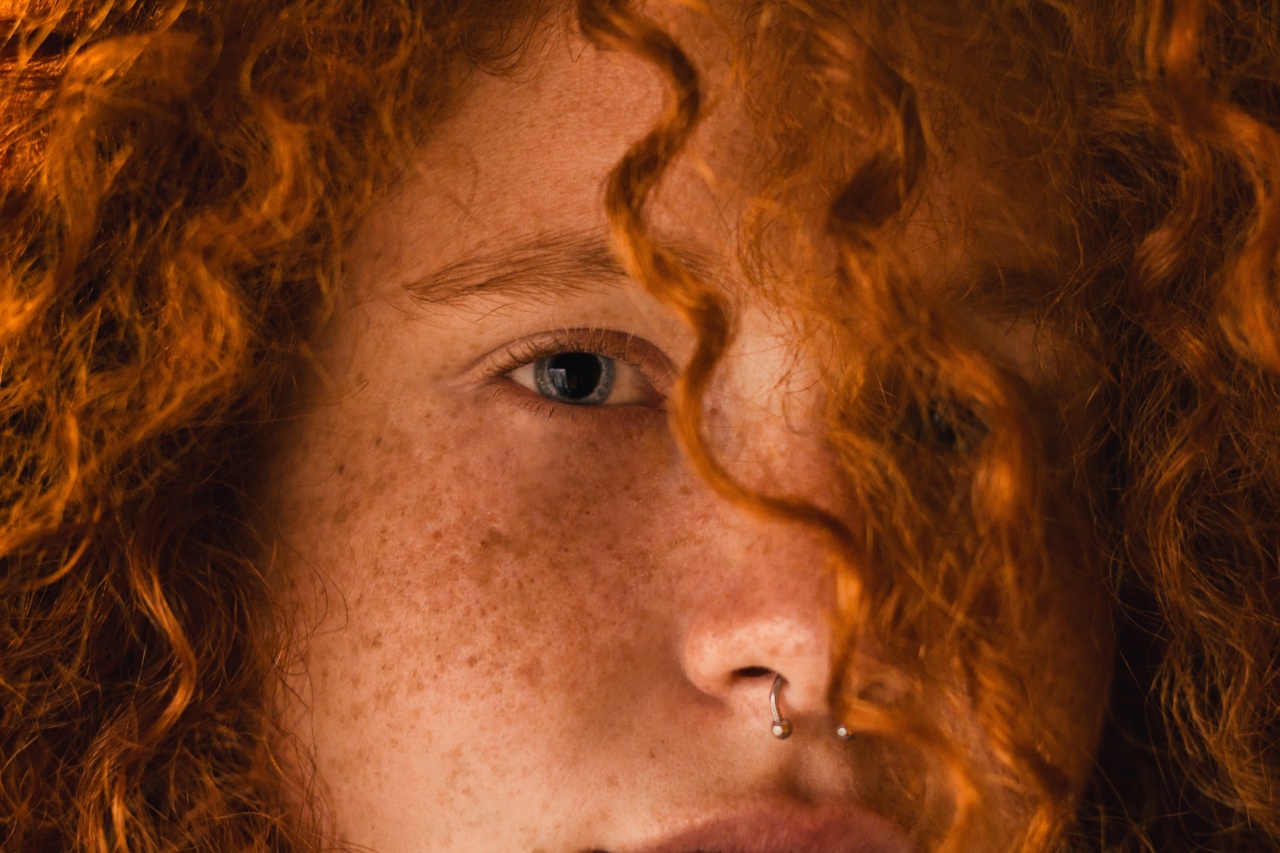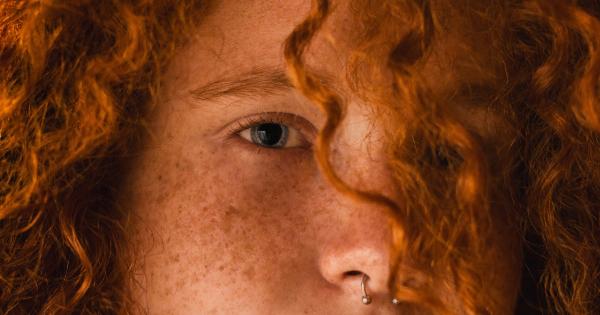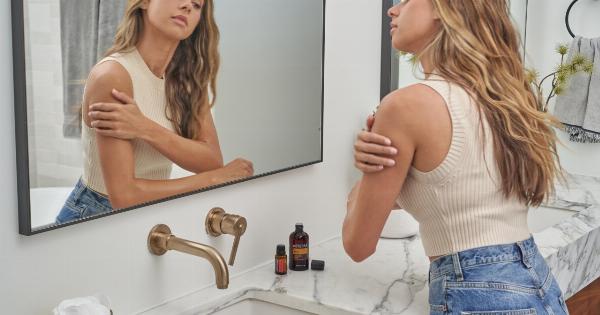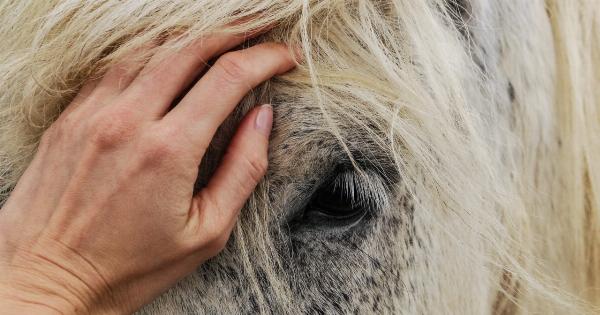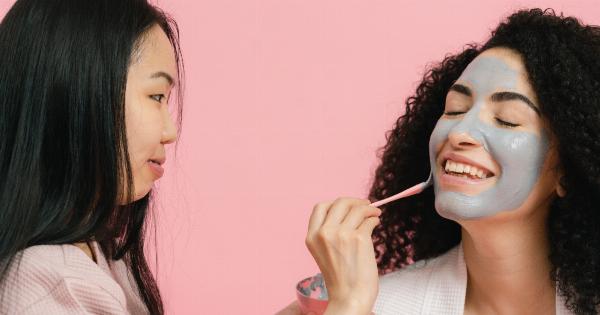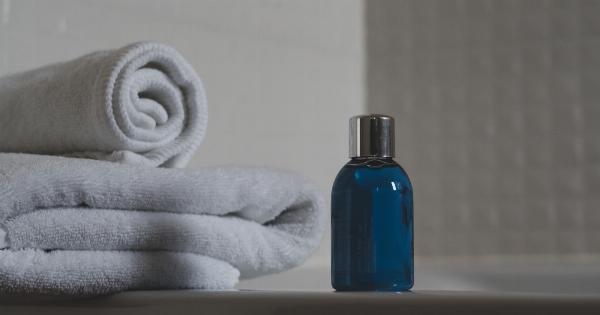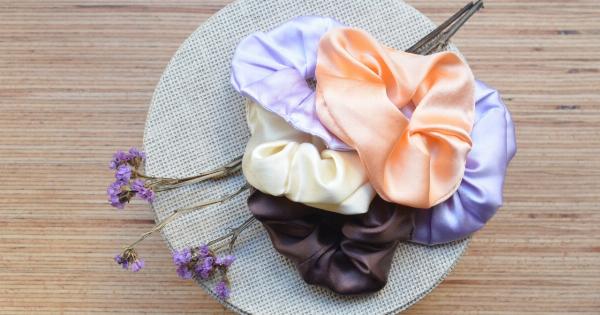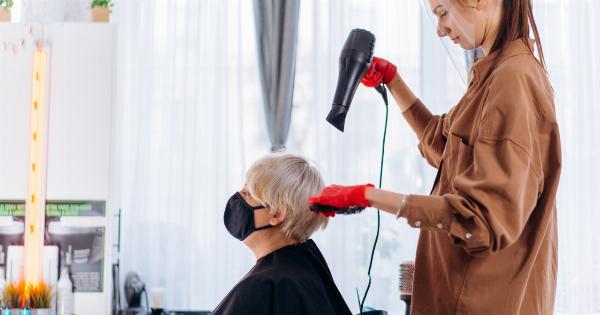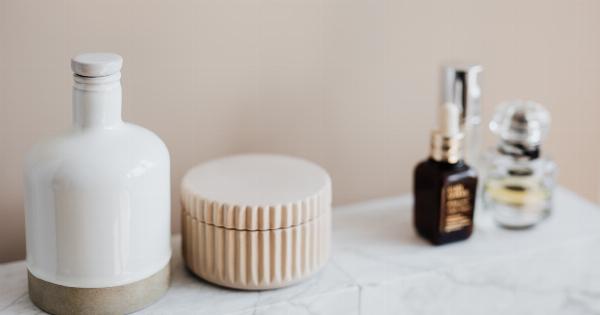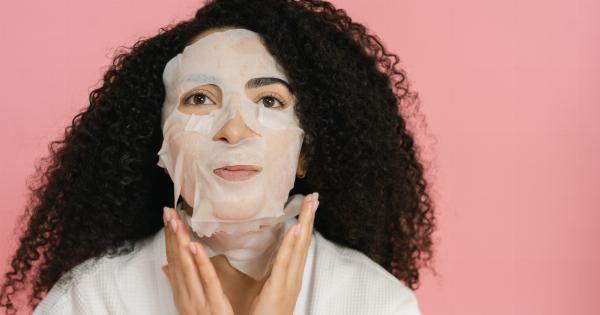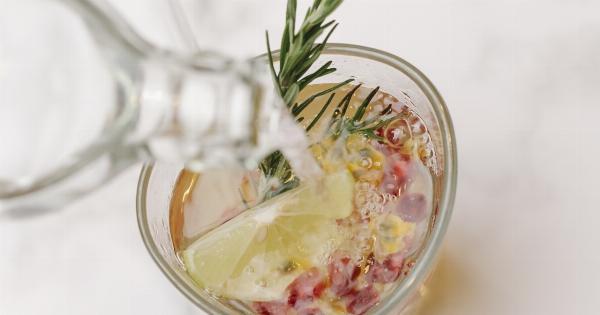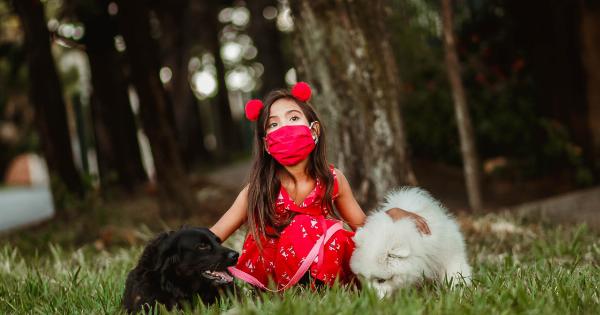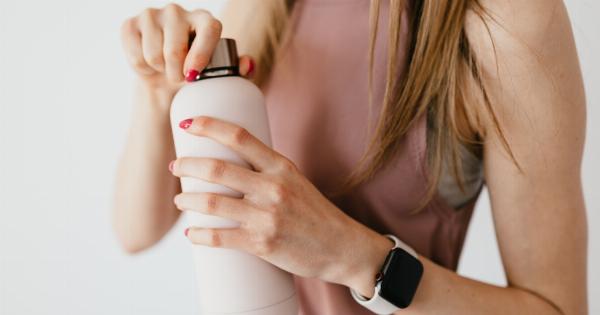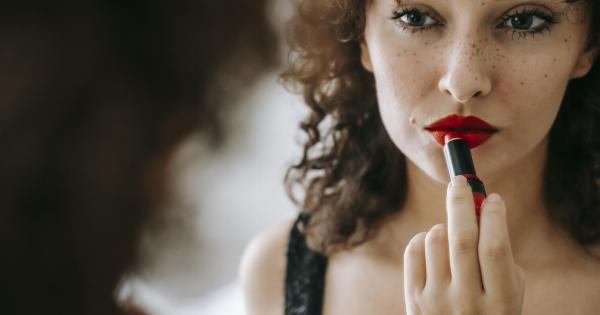If you have natural curly hair and struggle with frizz, undefined curls, or excessive dryness, proper drying techniques can make all the difference.
In this ultimate guide, we’ll share expert tips and step-by-step instructions on how to air dry and diffuse your natural curls to achieve beautiful, defined, and healthy-looking hair.
Understanding Your Natural Curls
Before you start drying your curls, it’s essential to understand your hair type and curl pattern. Natural curly hair can range from loose waves to tight coils, and each type requires different care and techniques to enhance its natural beauty.
Here are some common curl types:.
1. Loose Waves (Type 2a)
Loose waves have an “S” shape pattern and are usually fine and prone to becoming limp. These curls can benefit from lightweight products that provide volume and definition.
2. Slight Waves (Type 2b)
Slight waves have more defined “S” shaped curls and tend to be a bit thicker than loose waves. These curls might require slightly heavier products to maintain their shape.
3. Spiral Curls (Type 2c)
Spiral curls are more tightly defined and have a distinct spiral pattern. They usually have a medium texture and require products that add moisture and enhance the curl definition.
4. Corkscrew Curls (Type 3a)
Corkscrew curls have a well-defined “S” pattern and are coarser in texture. They have a springy appearance and generally require products that offer deep hydration and frizz control.
5. Curly Curls (Type 3b)
Curly curls are tighter, voluminous, and have a spiral or corkscrew pattern. They need extra moisture and styling products to maintain their shape and fight frizz.
6. Tight Curls (Type 3c)
Tight curls have a corkscrew or coil pattern and are densely packed together. They are prone to dryness, shrinkage, and often need richer, moisturizing products.
7. Coily Curls (Type 4a)
Coily curls have a tight coil pattern and are densely packed, giving hair plenty of volume. These curls require even more moisture and gentle detangling techniques.
8. Zigzag Coils (Type 4b)
Zigzag coils have a more zigzag-shaped pattern with tight coils and less defined curls. They have a high density and need deep hydration and careful handling during the drying process.
9. Tight Coils (Type 4c)
Tight coils have a dense, tightly coiled pattern and can shrink significantly when dry. This hair type needs intense moisture, detangling, and gentle manipulation.
Air Drying Natural Curly Hair
Air drying is the most natural way to dry your curly hair, as it minimizes heat damage and helps retain moisture. Follow these steps for optimal air drying:.
1. Start with Clean Hair
Begin by washing your hair with a gentle, sulfate-free shampoo that won’t strip away natural oils. Apply a nourishing conditioner, focusing on the ends.
2. Apply Leave-In Conditioner or Curl Cream
While your hair is still wet, apply a leave-in conditioner or curl cream to provide moisture and define your curls. Use your fingers or a wide-toothed comb to distribute the product evenly.
3. Avoid Towel Drying
Instead of vigorously rubbing your hair with a towel, which can cause frizz, use an old t-shirt or a microfiber towel to gently squeeze out excess water. This helps avoid disrupting the curl pattern.
4. Use the Praying Hands Method
Take a small amount of lightweight, curl-enhancing gel or mousse and distribute it evenly between your palms. Then, gently glide your palms over your hair in a “praying hands” motion, encouraging curl formation and reducing frizz.
5. Scrunch Your Curls
While your hair is still wet, scrunching helps enhance curl definition. Lean forward and gently squeeze and release your curls using an upward scrunching motion. Repeat this step until you’ve scrunched all your curls.
6. Avoid Touching Your Hair While Drying
Once you’ve styled your curls, refrain from touching or combing them until they are completely dry. This helps prevent frizz and distortion of the curl pattern.
7. Diffuse Your Curls (Optional)
If you prefer to speed up the drying process or add more volume to your curls, you can use a diffuser attachment on your blow dryer.
Set the dryer to low heat and airflow and cup sections of your hair into the diffuser, gently lifting it towards your scalp to dry your curls from the roots.
8. Pineapple Your Hair Overnight
If you want to preserve your curls overnight, try the “pineapple” technique. Gather all your curls on top of your head and loosely secure them with a satin scrunchie or hair tie.
This helps maintain curl definition and prevents hair from getting flattened or tangled while you sleep.
9. Use a Silk or Satin Pillowcase
Sleeping on a silk or satin pillowcase reduces friction and helps prevent frizz and breakage. Alternatively, you can wrap your hair in a silk or satin scarf before bed.
10. Refresh Your Curls
The next day, if your curls need a little pick-me-up, spritz them with a mixture of water and a leave-in conditioner or a curl refreshing spray. Scrunch gently to revive the curl pattern.
Conclusion
Mastering the art of drying natural curly hair can transform your hair care routine.
By understanding your curl type, utilizing proper air drying techniques, and adding optional steps like diffusing or pineappleing, you can achieve beautifully defined curls while minimizing frizz and damage. Embrace your natural curls and let them shine!.
